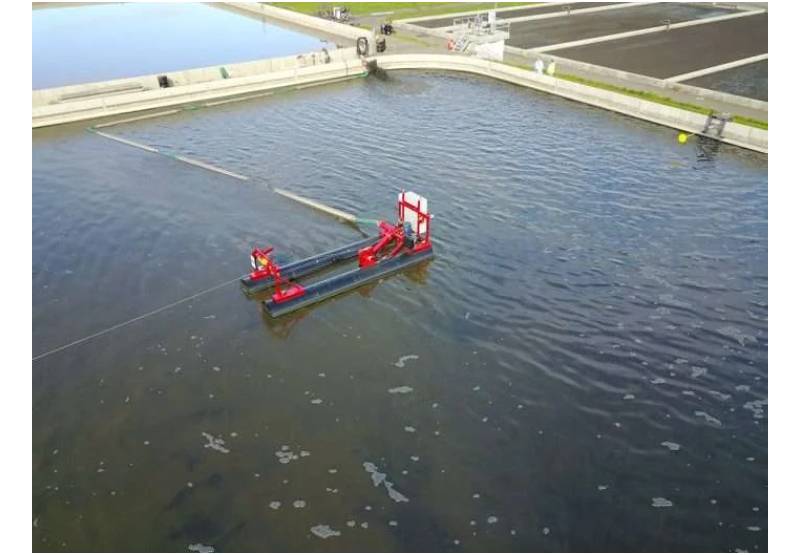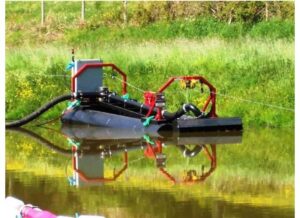
For optimal performance, inspect the electric dredge’s battery system frequently. Check the battery voltage and ensure the connections are tight and free from corrosion. Regularly clean terminals and inspect cables for any wear or damage. This will extend battery life and improve the dredge’s overall efficiency, ensuring reliable operation.
Monitor and Maintain the Electric Motor
The Electric dredge is the heart of the dredge. Periodically check the motor’s condition, looking for signs of overheating or unusual wear. Keep the motor clean and well-lubricated, and ensure that the cooling system (if applicable) is functioning properly. Regular maintenance helps prevent motor failure and extends its lifespan.

Inspect Electrical Wiring and Connections
Check all electrical wiring and connections for signs of wear, fraying, or corrosion. A secure and uninterrupted power supply is crucial for the dredge’s performance. Tighten any loose connections, replace damaged wires, and ensure that all safety features are intact to prevent electrical hazards during operation.
Maintain the Propulsion and Pump Systems
Regularly inspect the propulsion and pump systems to ensure smooth and efficient operation. Clean any debris from the propellers and pump intake areas. Check for wear on moving parts, lubricate bearings as needed, and replace any worn seals. This will prevent costly repairs and ensure continuous and efficient dredging.
Lubricate and Clean Hydraulic Systems
If your electric dredge uses hydraulic systems, ensure regular maintenance to keep them running smoothly. Lubricate moving components and replace hydraulic fluids according to the manufacturer’s guidelines. Inspect hoses for leaks or cracks, and replace any damaged parts immediately to prevent hydraulic failure during operations.
Regularly Inspect and Replace Filters
Clean and replace filters regularly to maintain efficient operation. Dirty filters can restrict airflow or fluid flow, leading to reduced dredge performance. Ensure air and oil filters are in good condition to prevent contamination, maintain proper ventilation, and improve engine performance, which helps extend the life of the dredge.
Check and Clean Cooling Systems
The cooling system of an electric dredge helps prevent overheating during long periods of operation. Regularly check cooling fans and vents for dust or debris buildup. Ensure the coolant system is functioning efficiently and replace fluids as recommended. A well-maintained cooling system prevents motor damage and ensures consistent operation.
Keep the Control Panel and Electrical Components Clean
Dirt and moisture can interfere with the electric dredge’s control panel and other electrical components. Regularly clean the control panel, touch screens, and switches using dry, soft cloths. Ensure that no moisture or corrosive substances can damage these critical parts to avoid malfunctions during operation.
Calibrate the Dredge for Maximum Efficiency
Ensure that the dredge is properly calibrated according to its specifications for optimal efficiency. Calibration should include checking settings on the motor, controls, and any measurement devices to ensure precise dredging. Proper calibration reduces unnecessary wear and ensures that the dredge operates at peak performance.
Schedule Professional Inspections and Servicing
Even with regular maintenance, it’s important to schedule professional servicing. Expert technicians can identify issues that might not be visible to the untrained eye. They can conduct advanced diagnostics, perform thorough inspections, and ensure that all safety protocols are being followed. This will help maintain long-term efficiency and avoid unexpected breakdowns.
Conclusion
Maintaining an electric dredge for long-term efficiency requires attention to detail and regular upkeep. From checking the battery and electrical systems to ensuring the propulsion and cooling systems are functioning properly, proactive care is key. Scheduling professional servicing, cleaning, and lubrication of key components ensures that the dredge runs smoothly, minimizing downtime and extending its lifespan.